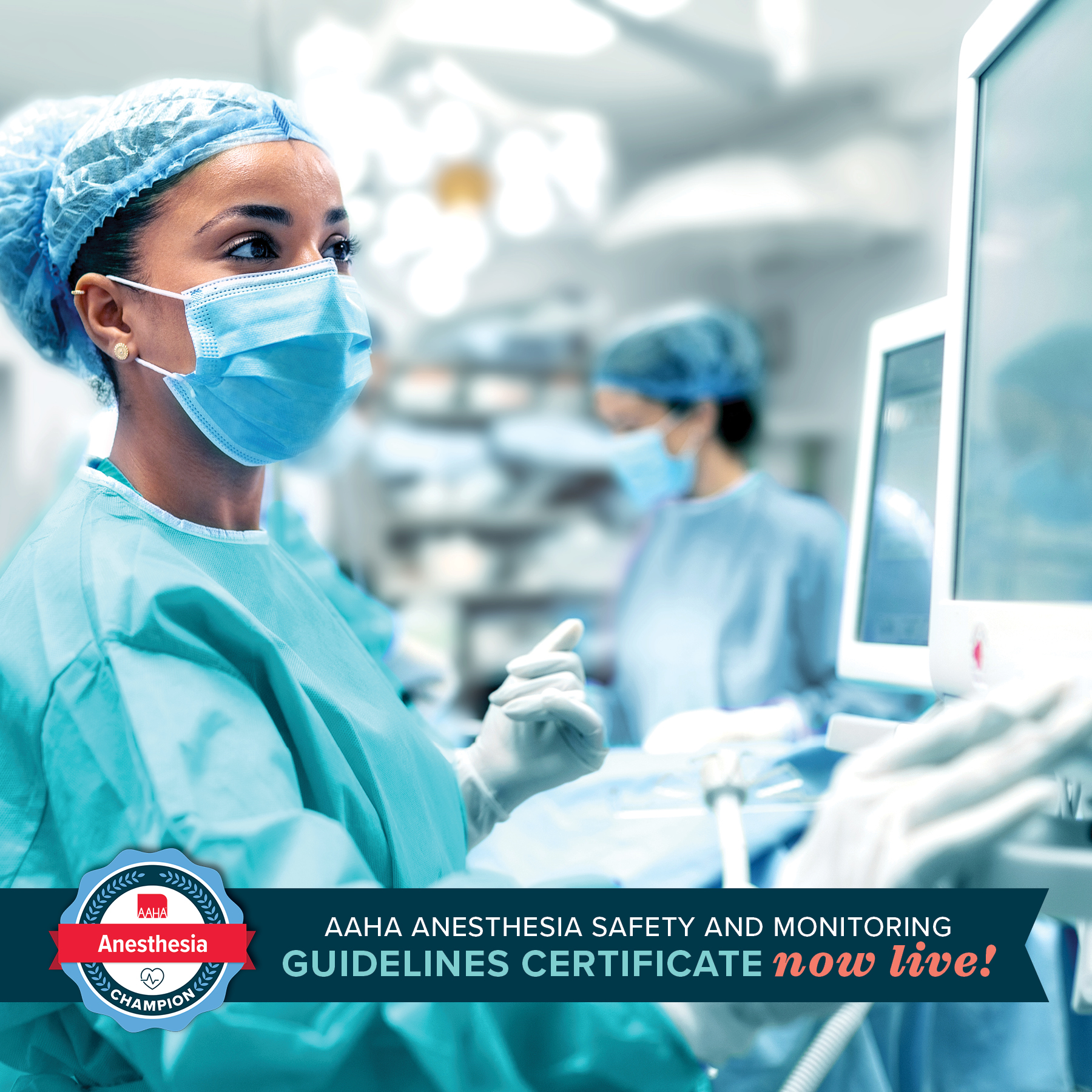Nonanesthetic Dentistry
Nonanesthetic dentistry (NAD), also referred to as anesthesia-free dentistry, is a procedure in which the teeth are scaled and polished without the benefit of general anesthesia. NAD is considered not appropriate because of patient stress, injury, risk of aspiration, and lack of diagnostic capabilities. Because this procedure is intended to only clean the visible surface of the teeth, it provides the pet owner with a false sense of benefit to their pet’s oral health.69,70
Veterinary dentistry relies on detailed examination by a veterinarian with thorough knowledge of oral anatomy, physiology, and pathology to make an accurate diagnosis. The examination includes radiographs, requiring the animal to be motionless, as well as the use of costly equipment in the oral cavity. Periodontal probing (noxious stimulus) is also required to allow appropriate diagnosis and treatment recommendations.
Removal of plaque and calculus is the most common treatment recommended and performed for the treatment of periodontal disease. It requires that subgingival surfaces be cleaned. This process is uncomfortable, and at times painful, for the patient. Removal of supragingival calculus alone is purely cosmetic and ineffective to treat disease. The processes described above are not possible in a conscious dog or cat. Without general anesthesia, an accurate diagnosis cannot be made, patient pain cannot be addressed, the patient’s airway cannot be protected from aspiration, and disease cannot be appropriately treated.
When NAD is performed, the owner may be under the false impression that the pet was not stressed by restraint, that pain was managed, and that oral disease was accurately diagnosed and treated. Patients who undergo NAD may go for long periods with untreated disease, leading to more costs to health status (disease progression and pain) and increased costs to the client. Peer-reviewed data addressing the safety and efficacy of this controversial procedure are very limited.71–73 Click here to learn more about sharing facts with pet owners about nonanesthetic dentistry.
The risks of anesthesia in healthy or minimally compromised patients are very low when performed by appropriately trained individuals. A veterinarian concerned about the risk of anesthetizing a patient may seek the assistance of a diplomate of the American Veterinary Dental College or a diplomate of the American College of Veterinary Anesthesia and Analgesia.74







